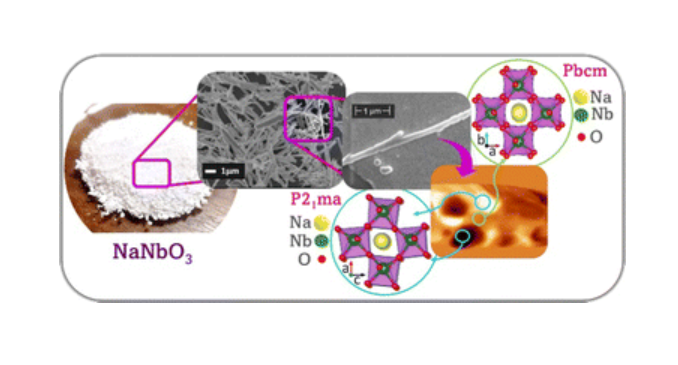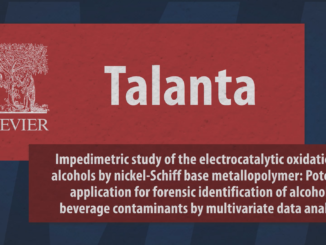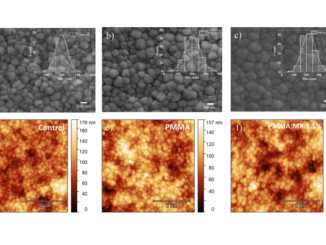
On the coexistence of ferroelectric and antiferroelectric polymorphs in NaNbO3 fibers at room temperature
Abstract: Na2Nb2O6·H2O fibers were synthesized in a short time using a microwave-assisted hydrothermal method and later used as a precursor for obtaining NaNbO3 fibers with piezoelectric characteristics. The NaNbO3 fibers consist of a mix of antiferroelectric (Pbcm) and ferroelectric (P21ma) orthorhombic phases. The ferroelectric structure comprises about 87% wt of the sample, and a theoretical approach indicated that an electric field could induce an inversion in the relative stability between the most stable antiferroelectric structure and the ferroelectric one. Piezoresponse force microscopy showed that an individual fiber is composed of regions with ferroelectric domains and regions with no ferroelectric characteristics.
Author(s): Guilhermina Ferreira Teixeira; Heitor Secco Seleghini; Wagner Benício Bastos; Natalia Jacomaci; Bojan Stojadinović; Zorana Dohčević-Mitrović; Flavio Colmati; Miguel Angel San-Miguel; Elson Longo; Maria Aparecida Zaghete
J. Mater. Chem. C
Published: 17 Apr 2023
DOI: https://doi.org/10.1039/D2TC04039E
CDMF
The CDMF, hosted at the Federal University of São Carlos (UFSCar), is one of the Research, Innovation and Dissemination Centers (RIDC) supported by the São Paulo State Research Support Foundation (Fapesp), and also receives investment from the National Council Scientific and Technological Development (CNPq), from the National Institute of Science and Technology of Materials in Nanotechnology (INCTMN).




